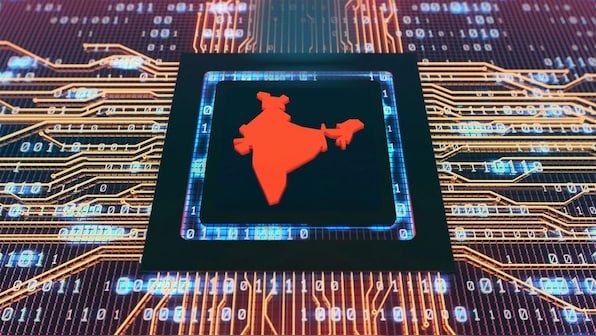
Few know that India’s newfound semiconductor ambitions are in fact a revivification of a failed dream. India’s Semiconductor Lab (SCL) at Mohali was engaged in some niche technologies, which were within striking range of the then-prevailing cutting edge, until governmental neglect and a mysterious fire in 1989 brought disaster to the endeavour. India’s planned revival of the SCL and the various industrial semiconductor facilities being set up under the Production Linked Incentive (PLI) and various states’ schemes requires not only support but also protection, lest history repeat itself.
One has to be cognisant that India’s strengths in the sector are nowhere near that of China’s. By no means are we even close to Chinese sophistication in the sector, nor their well-developed academic-industrial complex. Unsurprisingly, the first iteration of the PLI-semiconductor scheme had no takers, since misguided self-approbation had convinced policymakers that a country with next to no research and industrial ecosystem necessary to support chip manufacturing below 14 or so nanometres (nm), if one is being exceedingly charitable, will suddenly start churning out 7 nm chips. The problem is not that of scale—etching a 7nm chip, a 14nm chip, and a 28nm chip requires completely different machines operating on different principles and levels of technological complexity altogether. These efforts belong to altogether different technological worlds.
Much tinkering with the PLI-semiconductor scheme, tempered perhaps by an amalgamation of reality and foreign mockery, has resulted in multiple entities beginning to set up chip testing, packaging, and fabrication facilities for chips 28 nm and above. This is economically significant since the vast majority of industrial and consumer applications, including in defence, require low-profit-margin chips in the 28 nm to 90 nm range. In fact, the US’ cutting-edge F-35 Lightning-II multirole fighter aircraft were last known to be powered by a 90 nm process chip, though they are undergoing a replacement from 2024 onwards with new chips having an unknown chip thickness. In any case, China’s principal competitor is the intellectual property landlord, the USA, which is aggressively reshoring fabrication and its vast ecosystem of suppliers and niche specialists spread across Europe, Taiwan, and Japan. India remains nowhere near China’s line of fire, notwithstanding the impressive lineup of photo ops in Vigyan Bhavan and the PMO in Delhi.
Content retrieved from: https://www.firstpost.com/opinion/time-for-india-to-ring-fence-its-chip-talent-from-chinese-poaching-13840339.html.




